
Writing SEO content used to take me hours of research, structuring, and endless revisions. But with AI, I’ve cut my content workflow time in half without compromising quality. Over the past six months, I tested 10 different AI writing tools—some hyped, some underrated—to see which actually help create content that ranks.
Here’s my honest review, written from a human perspective after using each tool.
As a content marketer, I constantly juggle keyword research, competitor analysis, writing, and optimization. I wanted tools that could:
Out of all the tools I tested, 10 stood out. Some excelled at SEO optimization, others at human-like writing, and a few worked best for specific niches.
What I liked: Koala’s real-time data integration sets it apart. When I wrote a blog on “Top Budget Smartphones 2025,” Koala pulled live data from e-commerce sites and news sources. The outline was solid, and the final draft read almost human.
Standout features:
Where it falls short: The humanizing step is almost always necessary. Without polishing, the content still feels a little stiff.
Verdict: If you want a reliable SEO-first writer, Koala is the best blend of automation and quality.

What I liked: No tool beat ChatGPT for brainstorming ideas and testing content angles. I used it to generate FAQs, blog titles, and meta descriptions that matched searcher intent.
Standout features:
Where it falls short: Factual accuracy can still be hit or miss. I had to fact-check everything carefully.
Verdict: It’s not always perfect with facts, but for content ideation and first drafts, it’s unbeatable.
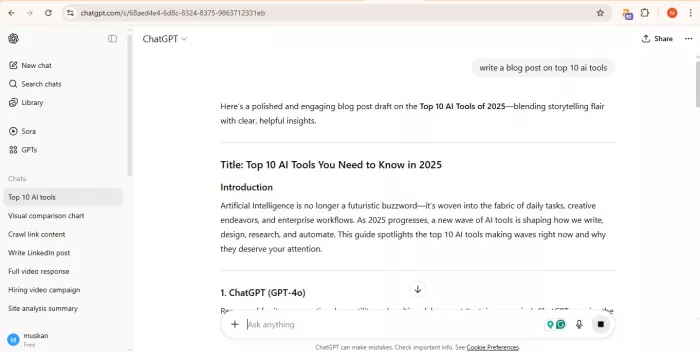
What I liked: I ran AI-generated drafts through WriteHuman, and it consistently passed AI detection tests (even on GPTZero). The creative tone option made my content feel natural.
Standout features:
Where it falls short: It doesn’t generate original content, only edits what you provide.
Verdict: If you worry about Google or clients flagging “AI content,” this tool is essential.
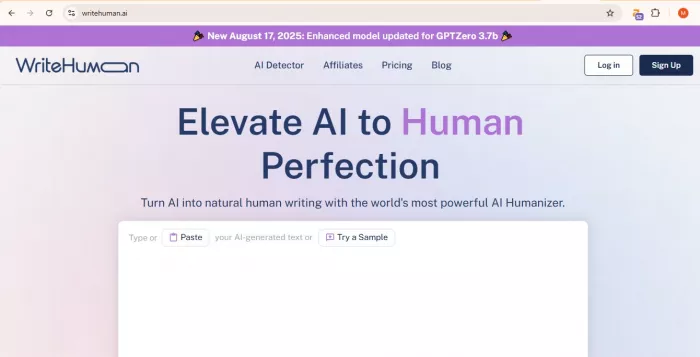
What I liked: Copymatic gave me outlines based on competitor blogs. I tested its SEO Score tool, and while the first draft needed tweaks, it saved me hours of manual optimization.
Standout features:
Where it falls short: Drafts often feel formulaic. I had to rewrite sections for originality.
Verdict: Great for scaling SEO blogs, but expect to edit for voice and originality.
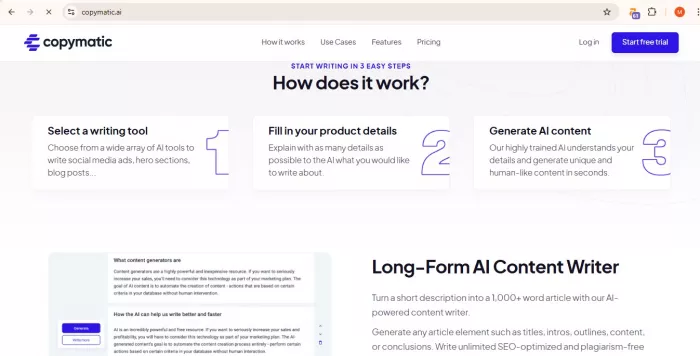
What I liked: Jasper shines when multiple team members need to follow the same brand voice. I tested it for LinkedIn posts, Amazon product pages, and ad copy—it kept tone consistent.
Standout features:
Where it falls short: SEO performance is weak unless you pair it with Clearscope or another optimizer.
Verdict: Best for large teams, but not the strongest for SEO without extra optimization.

What I liked: Jenni let me add in-text citations on demand. When writing an article on “AI in Healthcare,” it suggested peer-reviewed papers I could cite directly.
Standout features:
Where it falls short: Citations weren’t always accurate. I had to double-check sources.
Verdict: Perfect for academic or research-heavy SEO blogs.

What I liked: Rytr’s interface is simple, fun, and effective. I created Quora answers, blog outlines, and ad copy in minutes. For $7.50/month, it’s a steal.
Standout features:
Where it falls short: Outputs can feel short and generic compared to premium tools.
Verdict: Great for freelancers or small businesses on a budget.
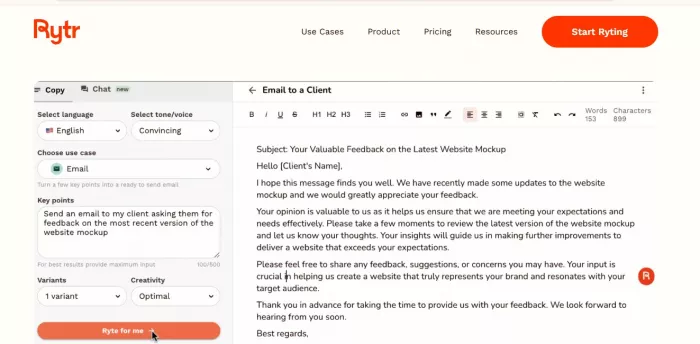
What I liked: GravityWrite is like a Swiss Army knife. I generated a YouTube script, an Instagram Reel outline, and a blog intro—all in one session.
Standout features:
Where it falls short: Some outputs feel surface-level, especially in technical writing.
Verdict: If you create across multiple formats, GravityWrite covers everything.

What I liked: Anyword predicts conversion rates before you publish. I tested an ad headline, and the tool scored it against expected performance.
Standout features:
Where it falls short: The premium plan is pricey, and you need volume to justify it.
Verdict: Ideal for marketers running campaigns where ROI matters.

What I liked: I pasted a poorly written draft, and Wordvice fixed grammar, style, and fluency instantly. Its summarizer also condensed long articles without losing context.
Standout features:
Where it falls short: It doesn’t create content, just improves what you already have.
Verdict: Best paired with another AI writer when you need polished, professional output.
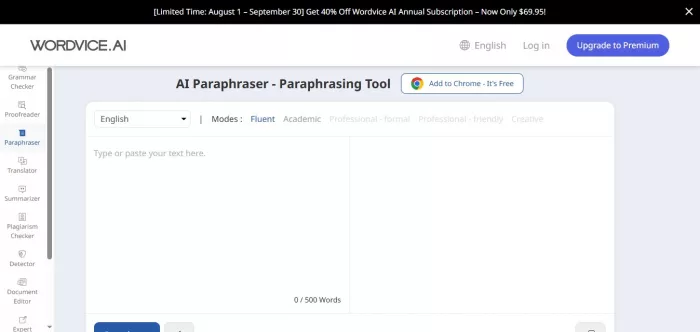
No single tool does everything perfectly. But after using all ten, here’s my recommendation based on your needs:
AI isn’t here to replace writers. It’s here to amplify us. The trick is knowing which tool fits your workflow. I don’t rely on AI blindly. I let it handle the grunt work while I refine the voice, strategy, and insights.
That’s how you create SEO content that not only ranks but also connects with readers.
Discussion